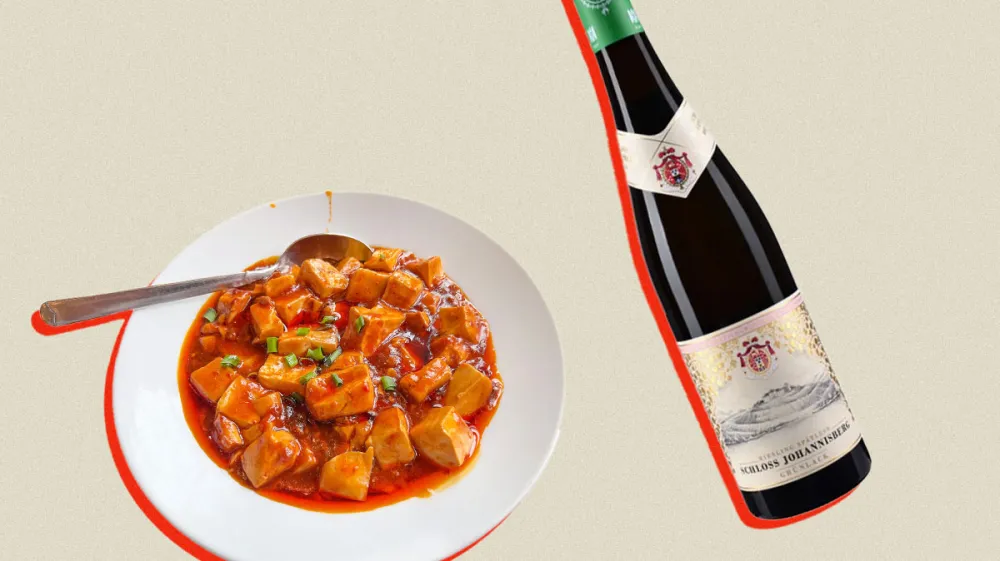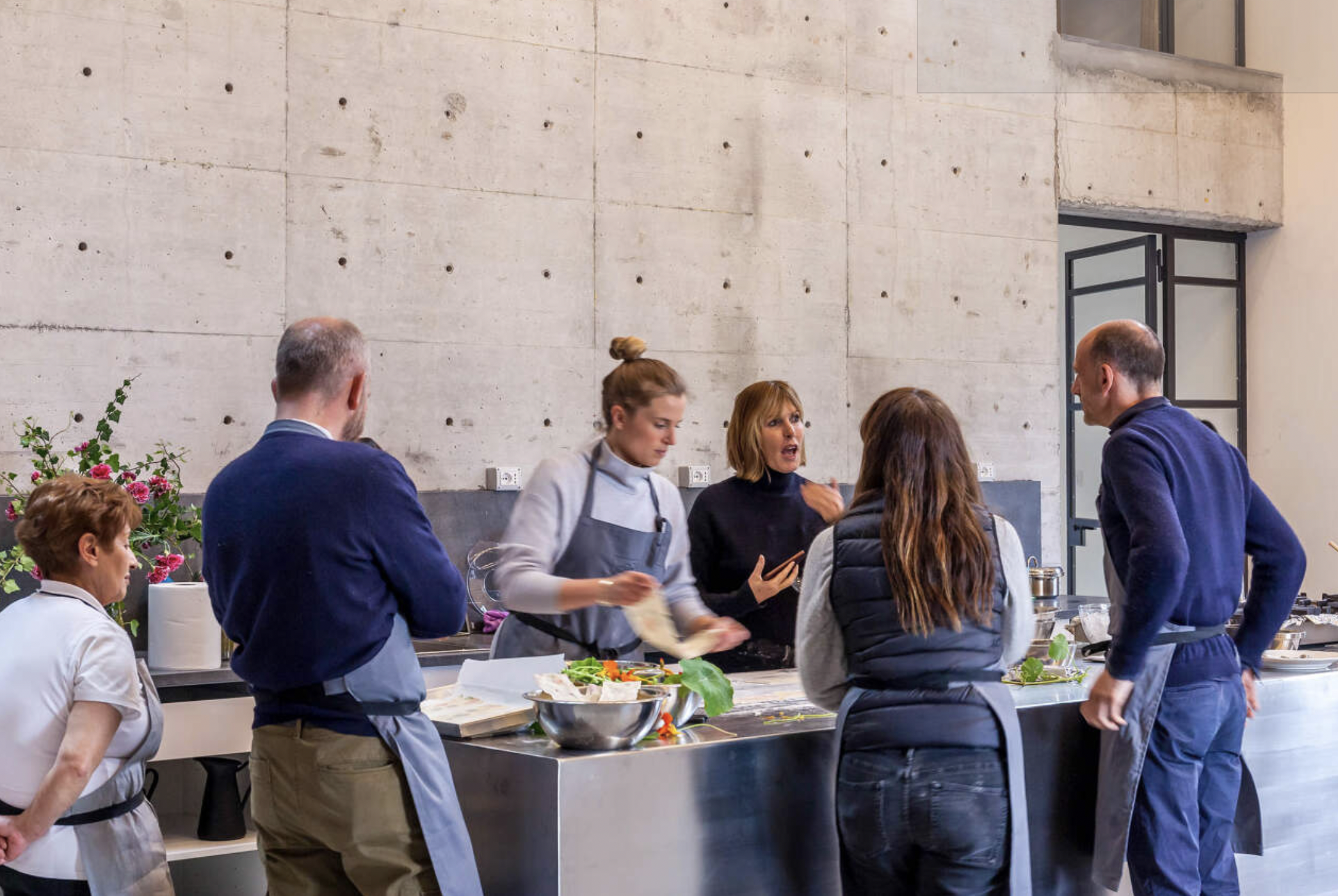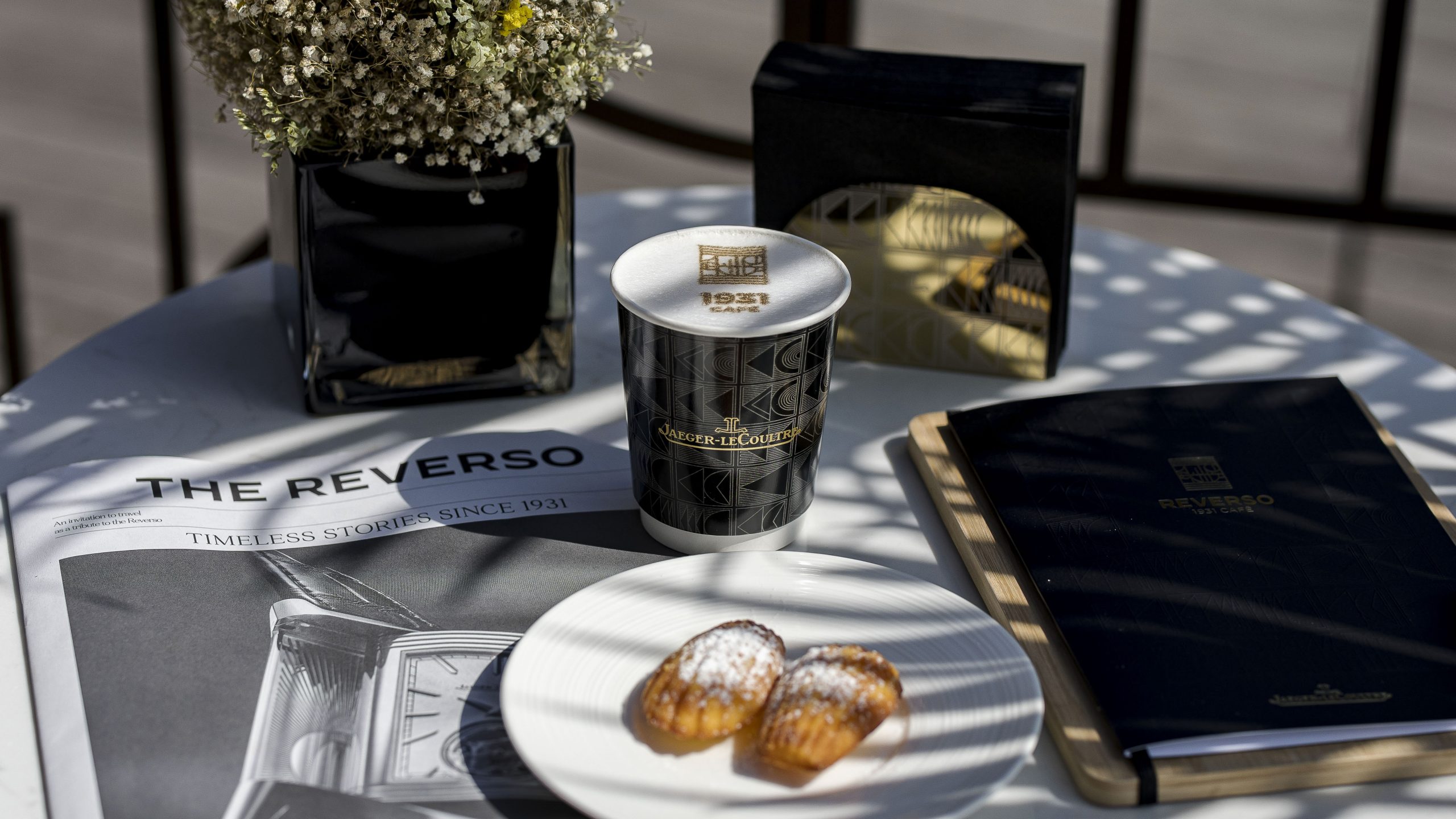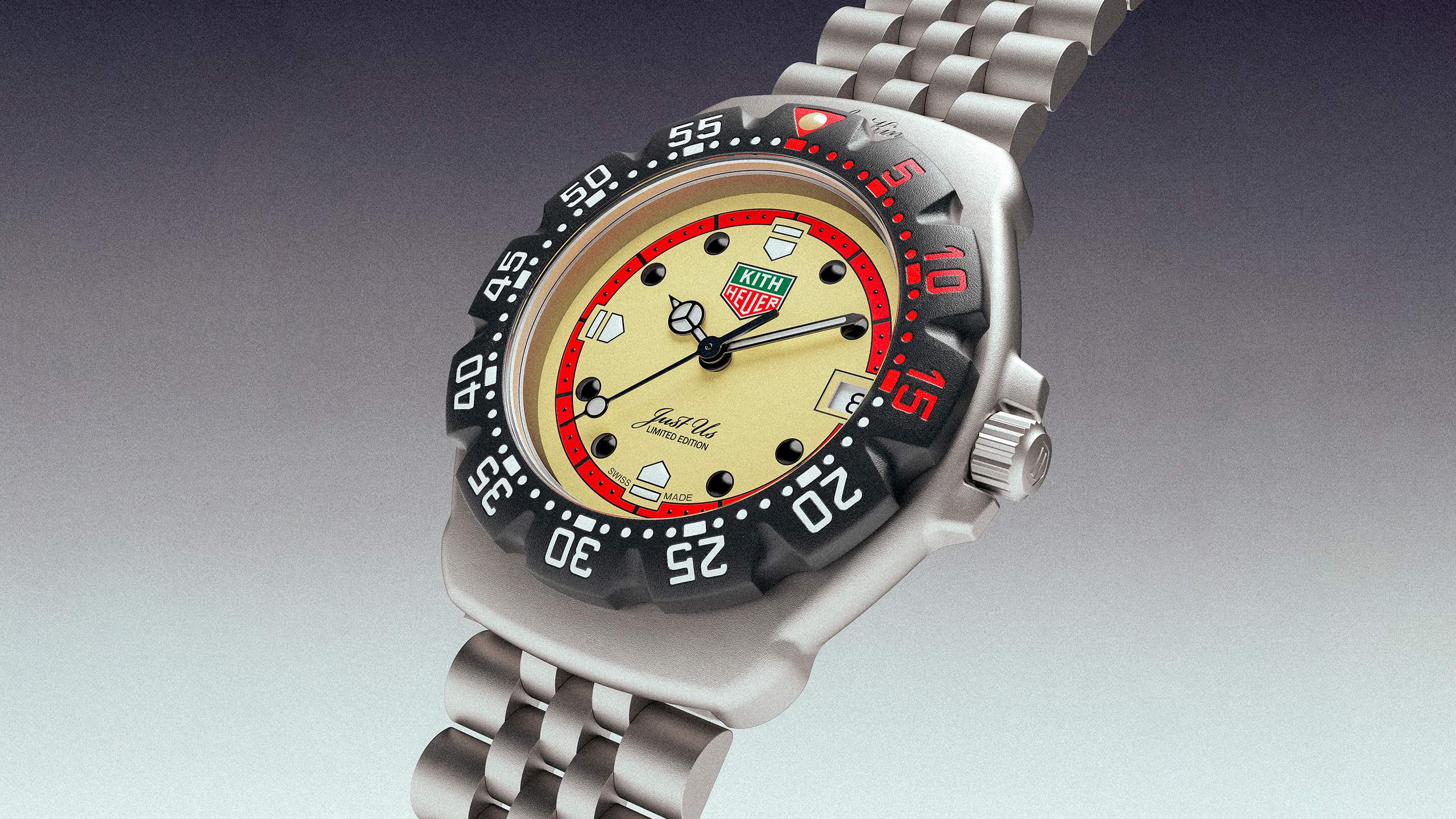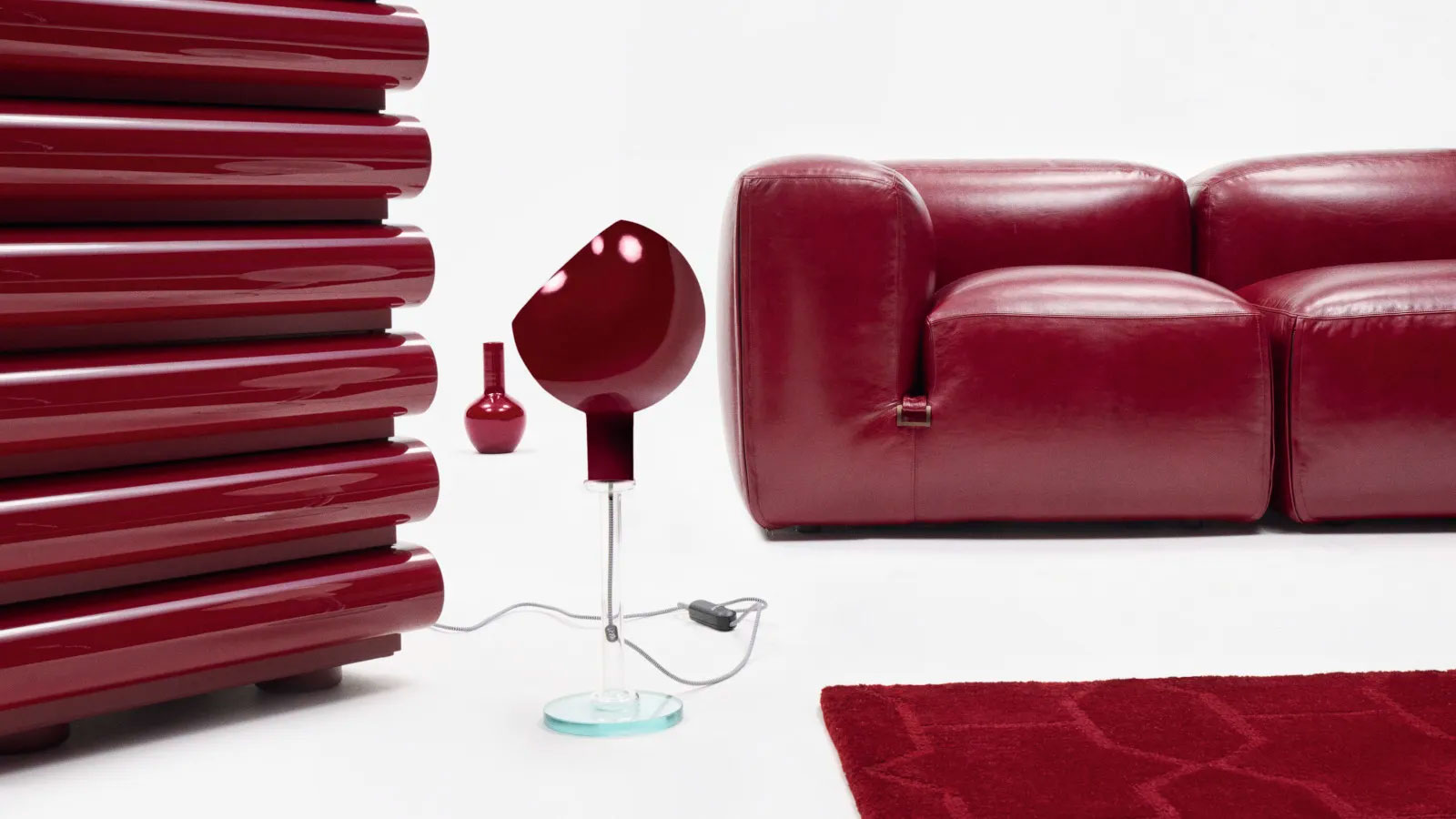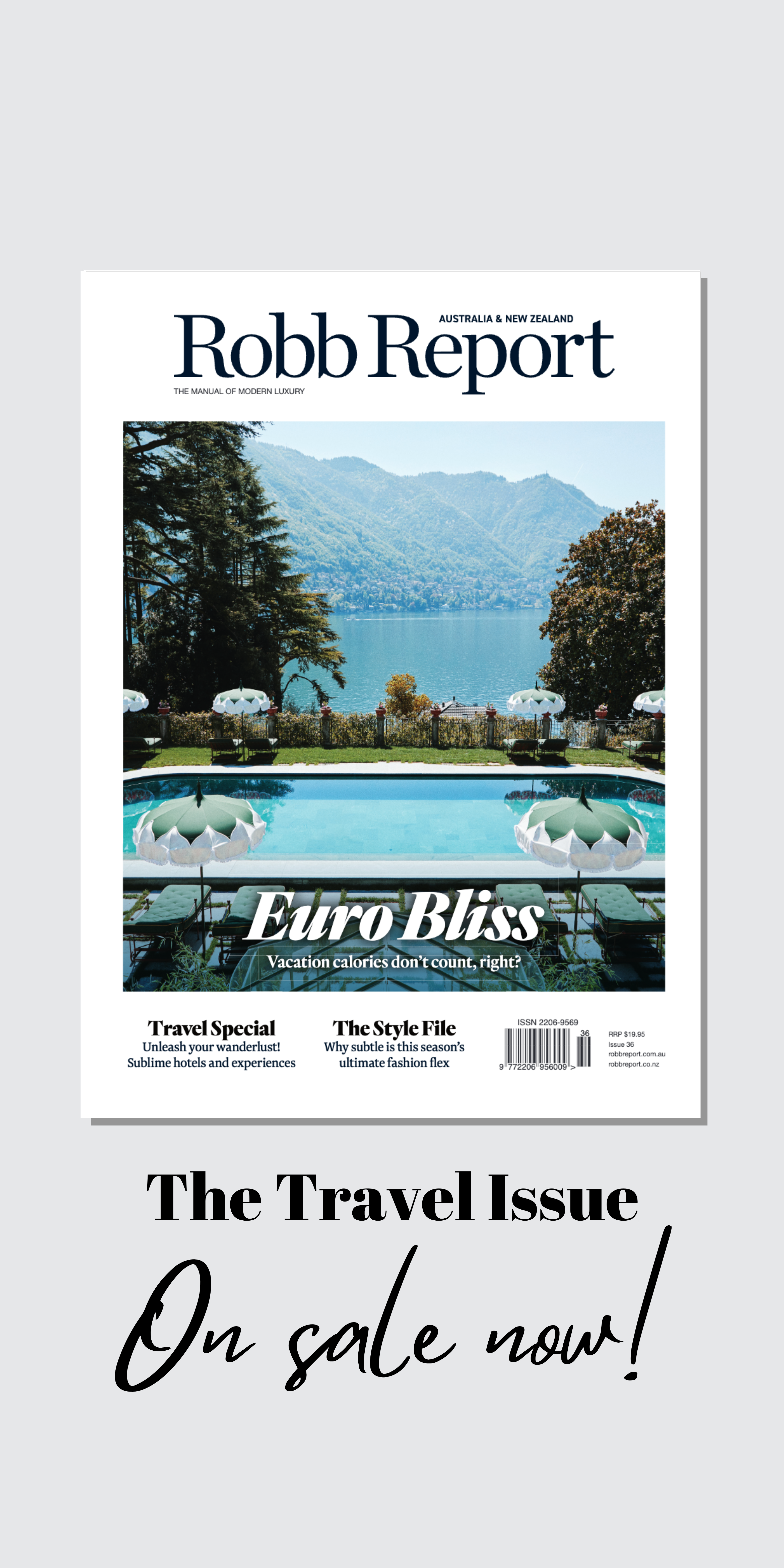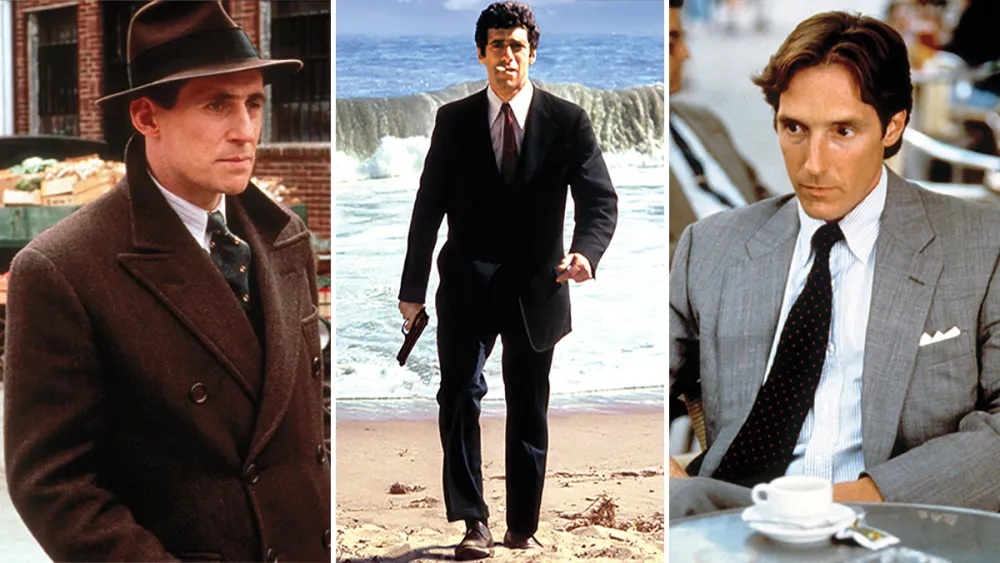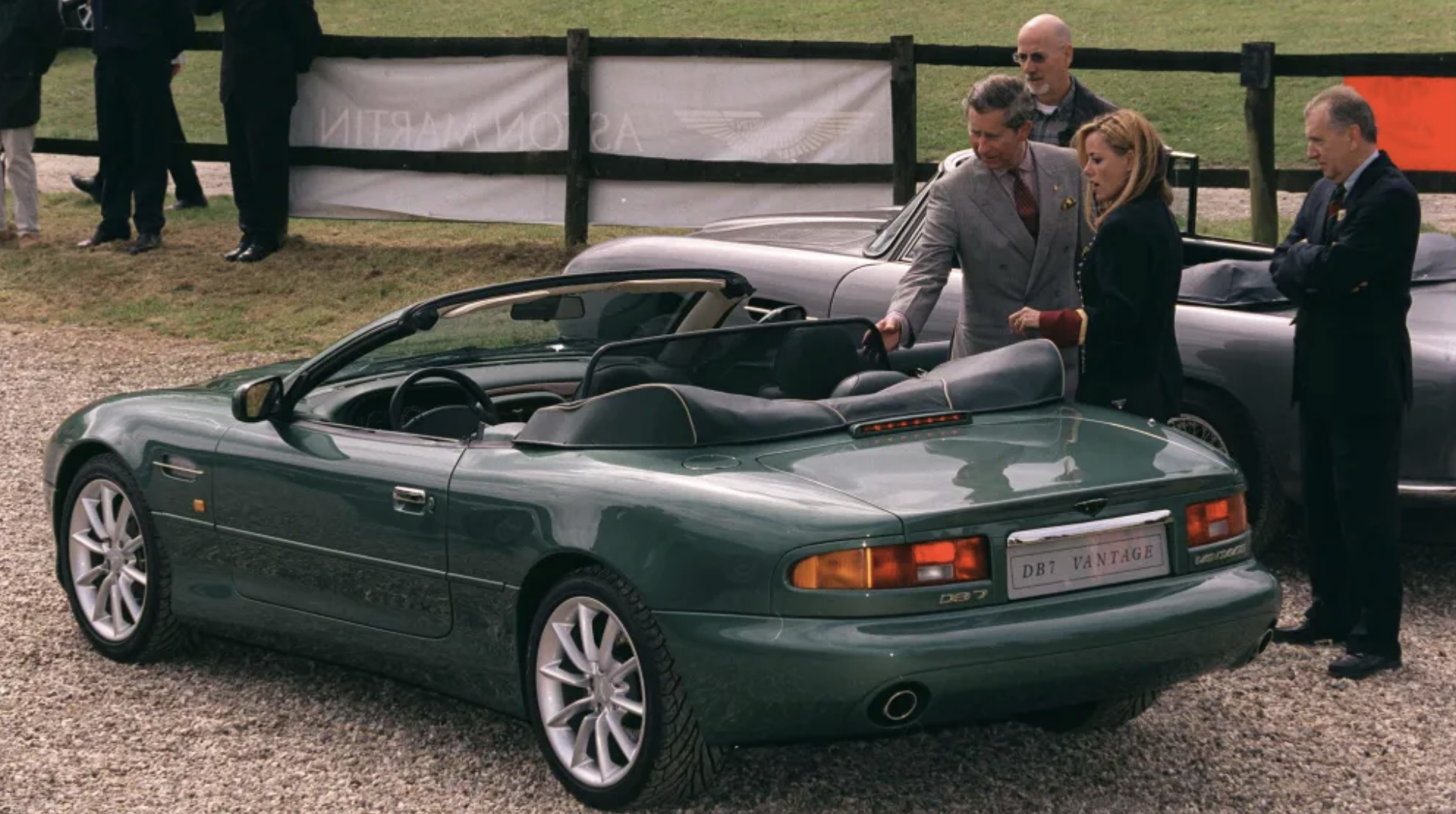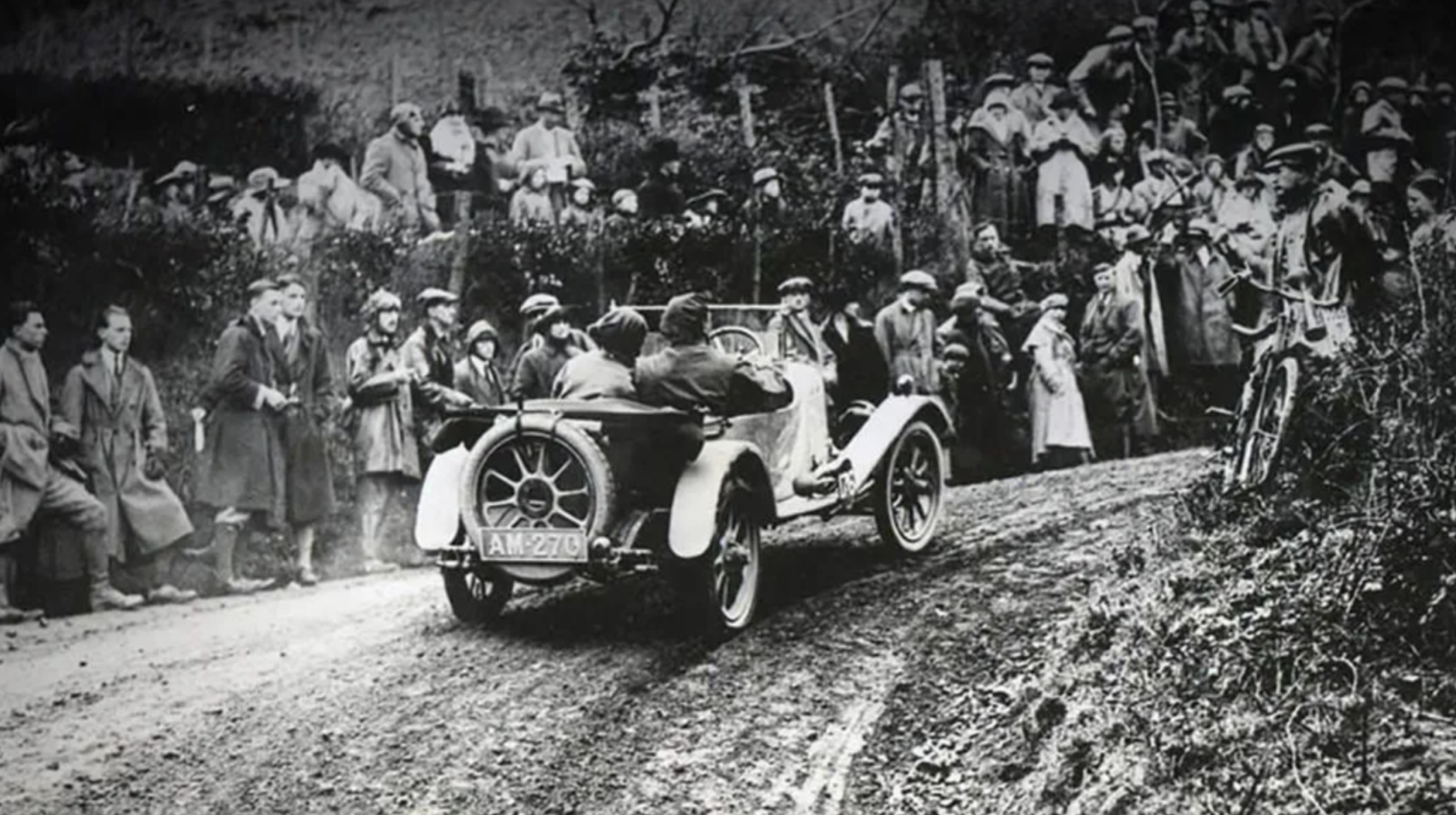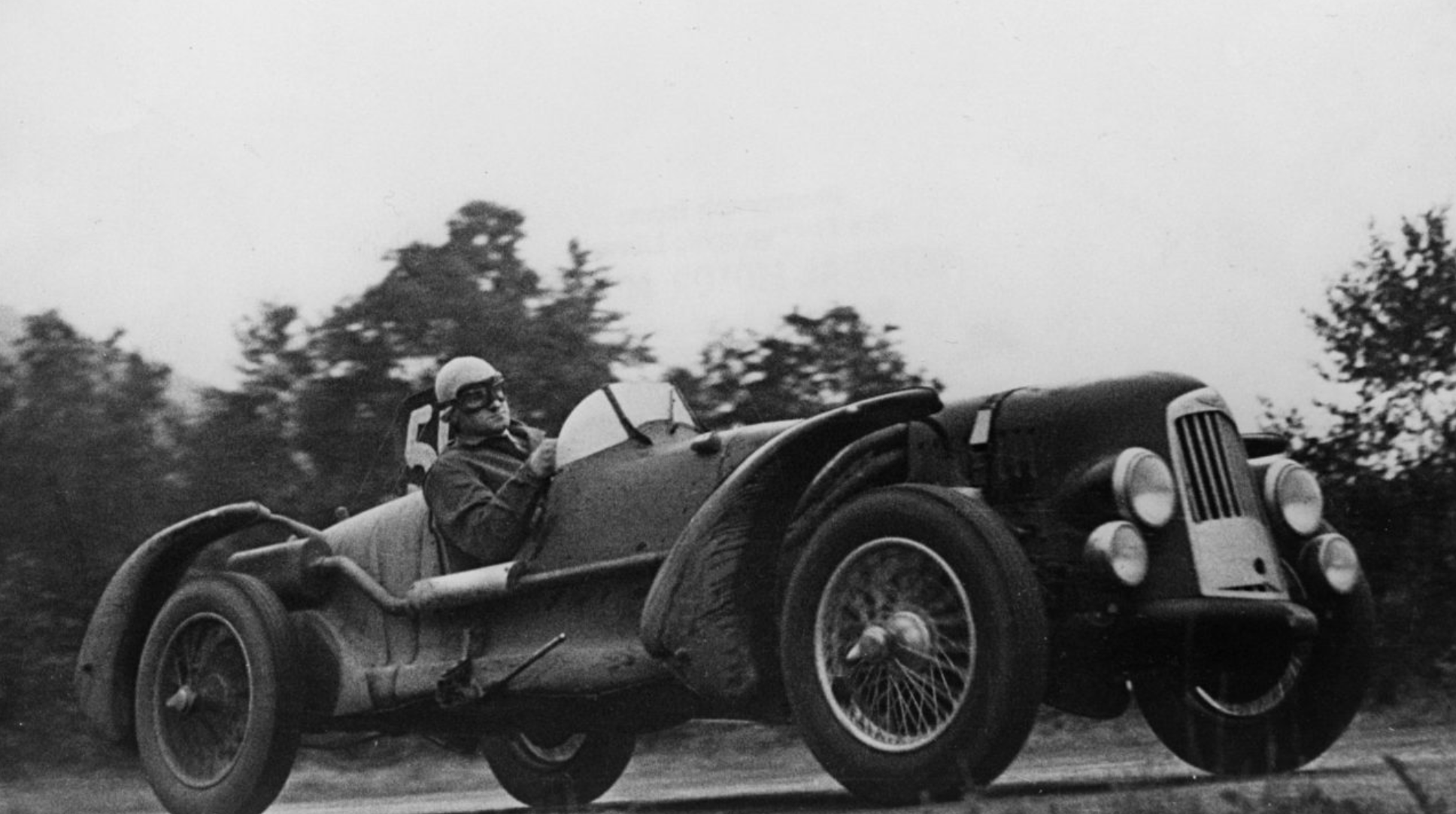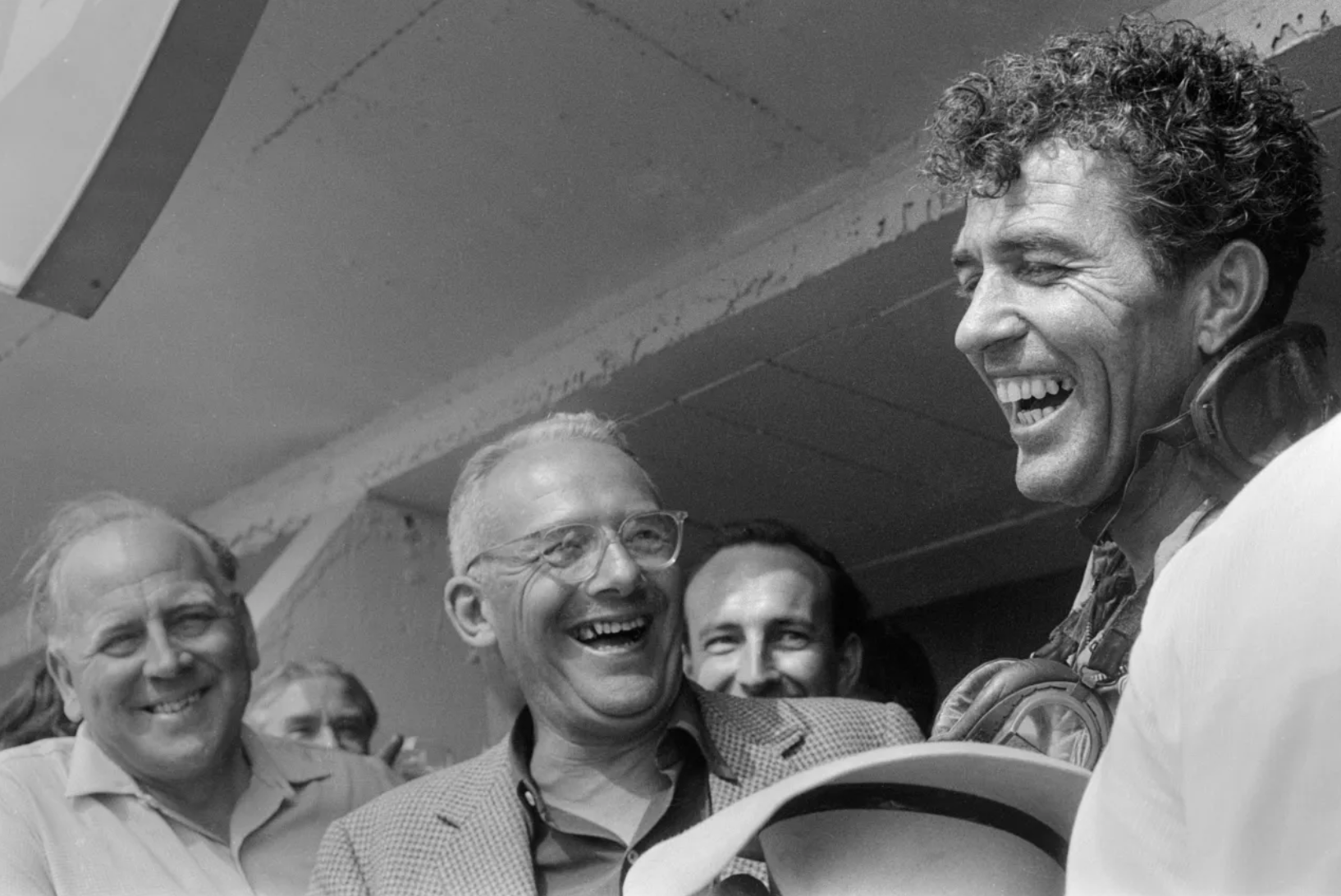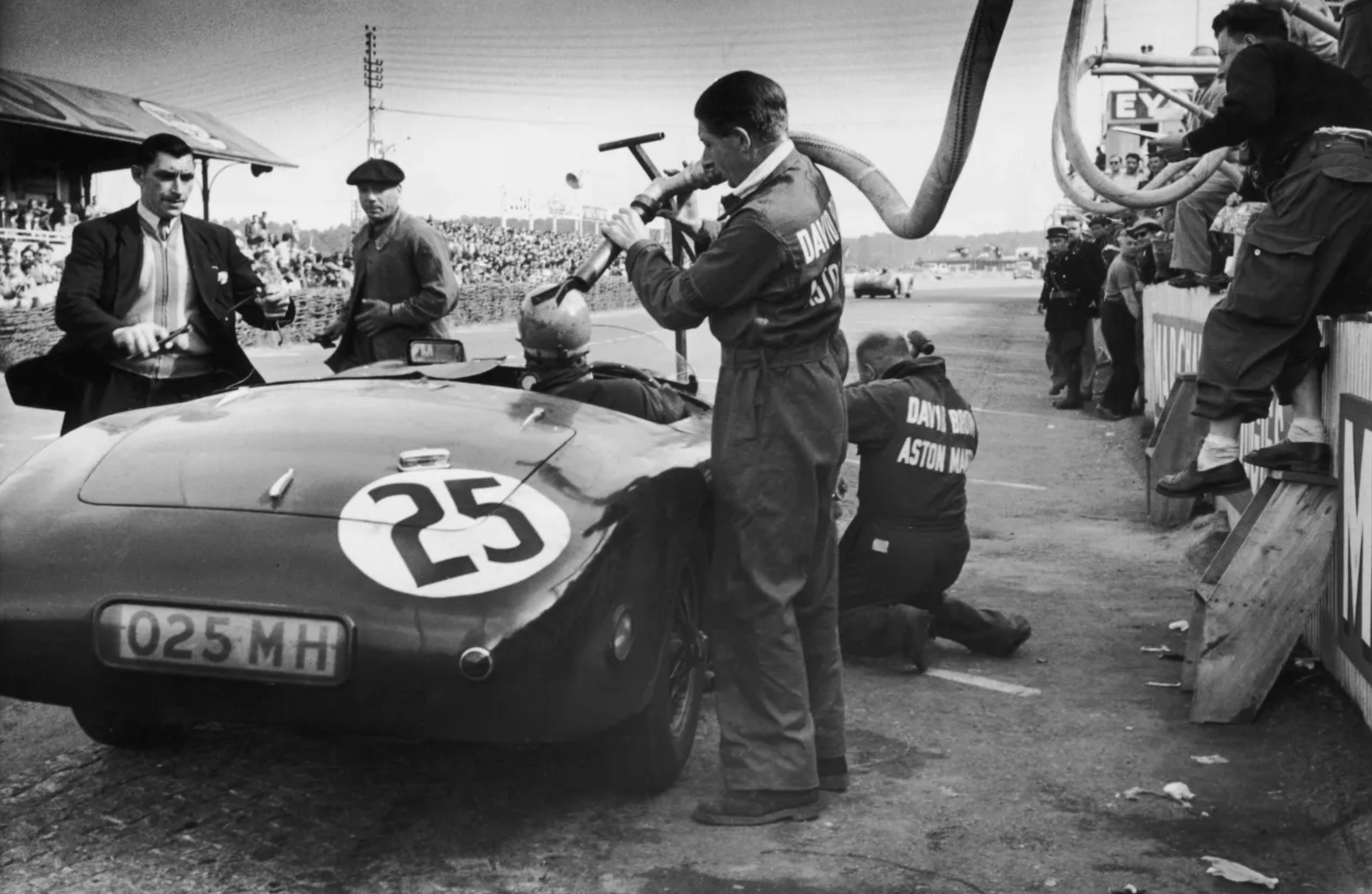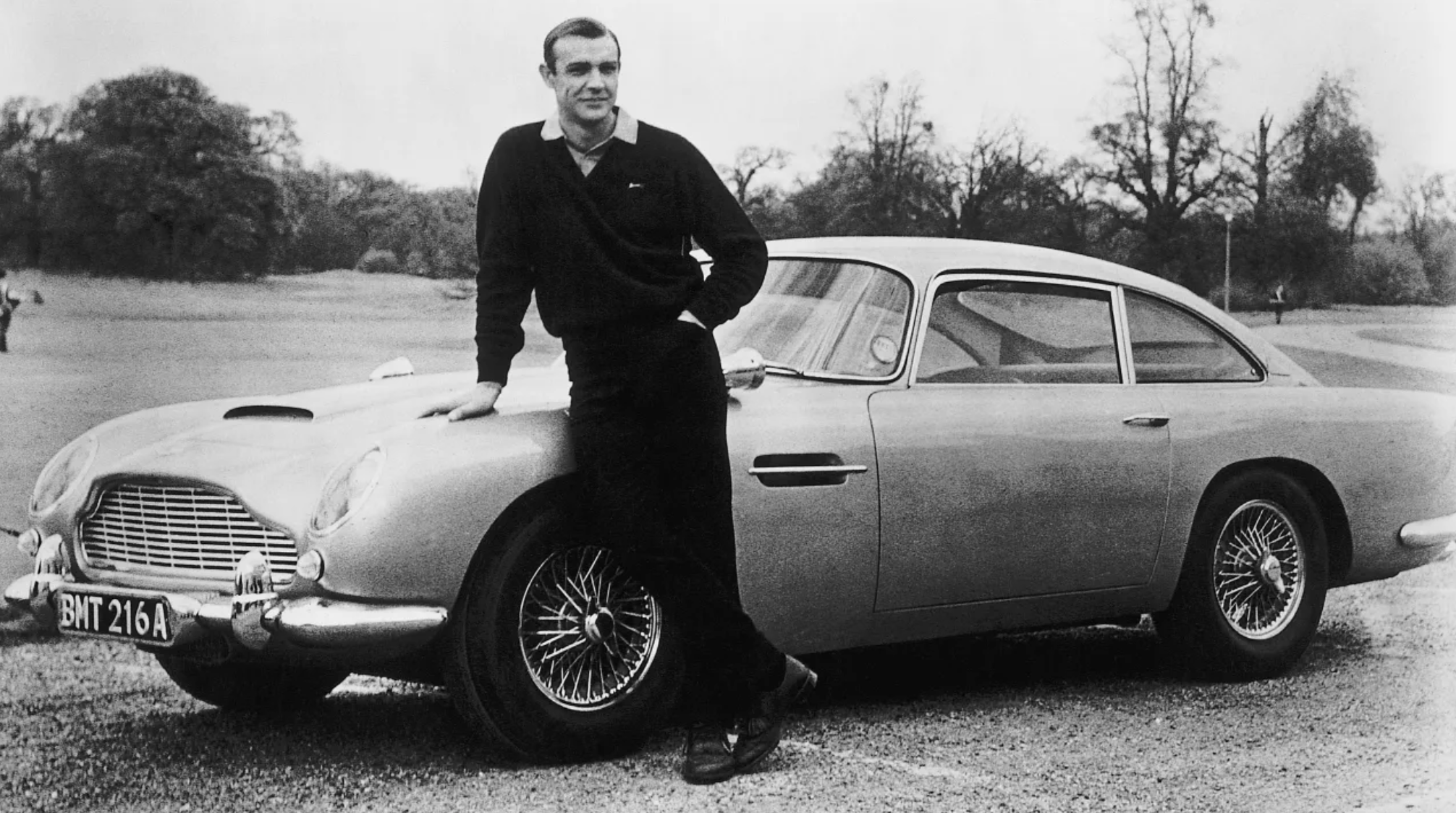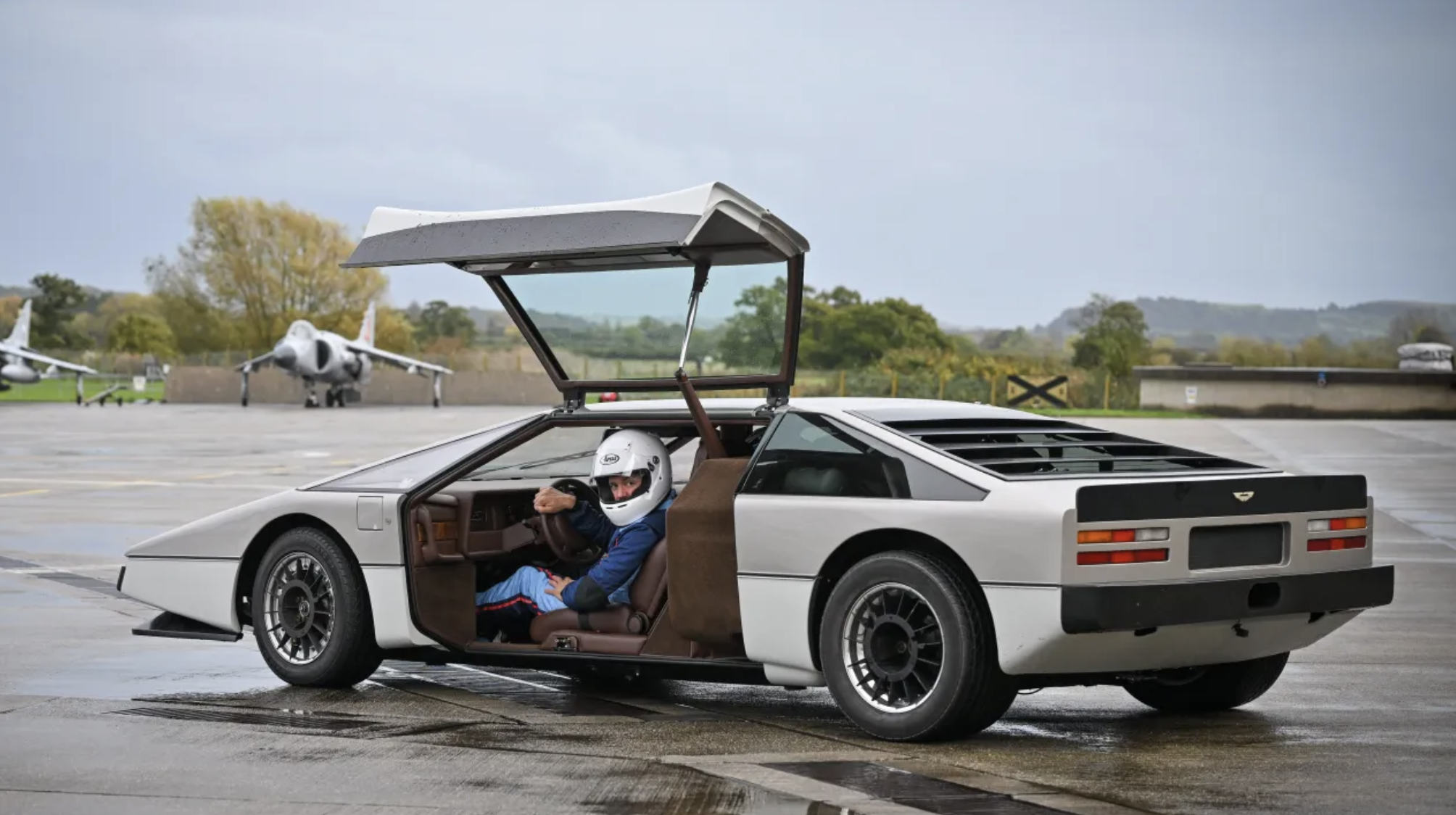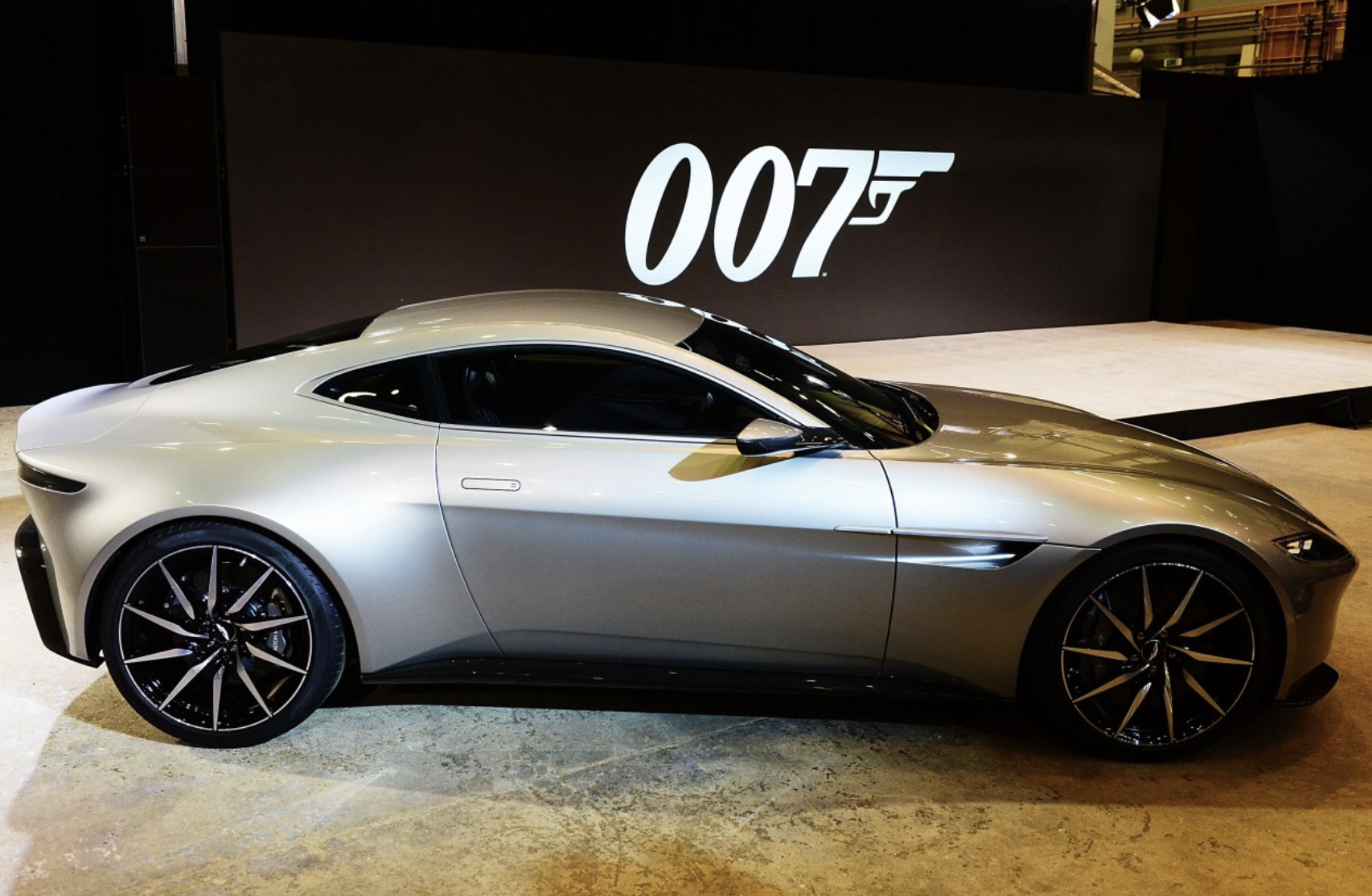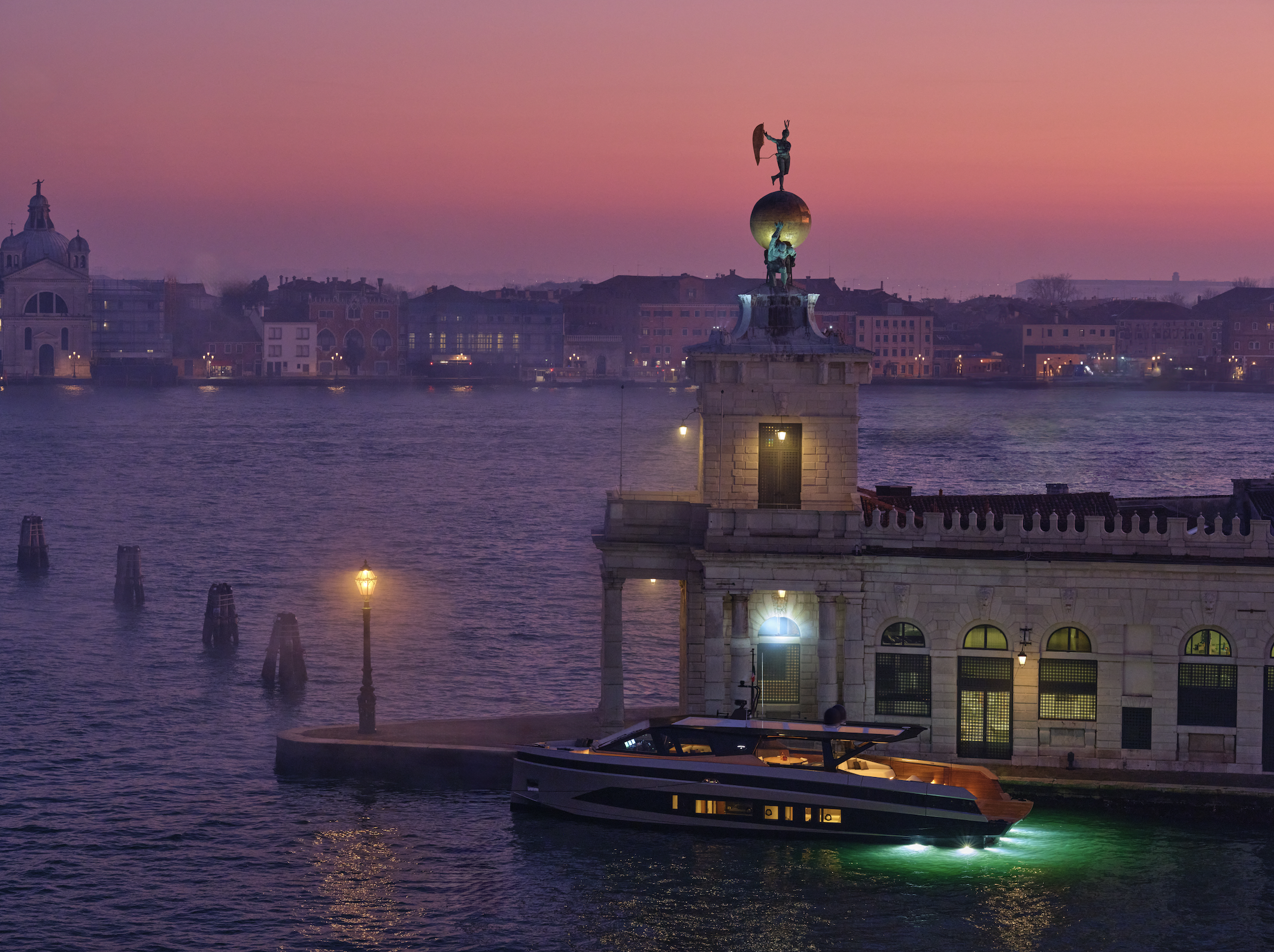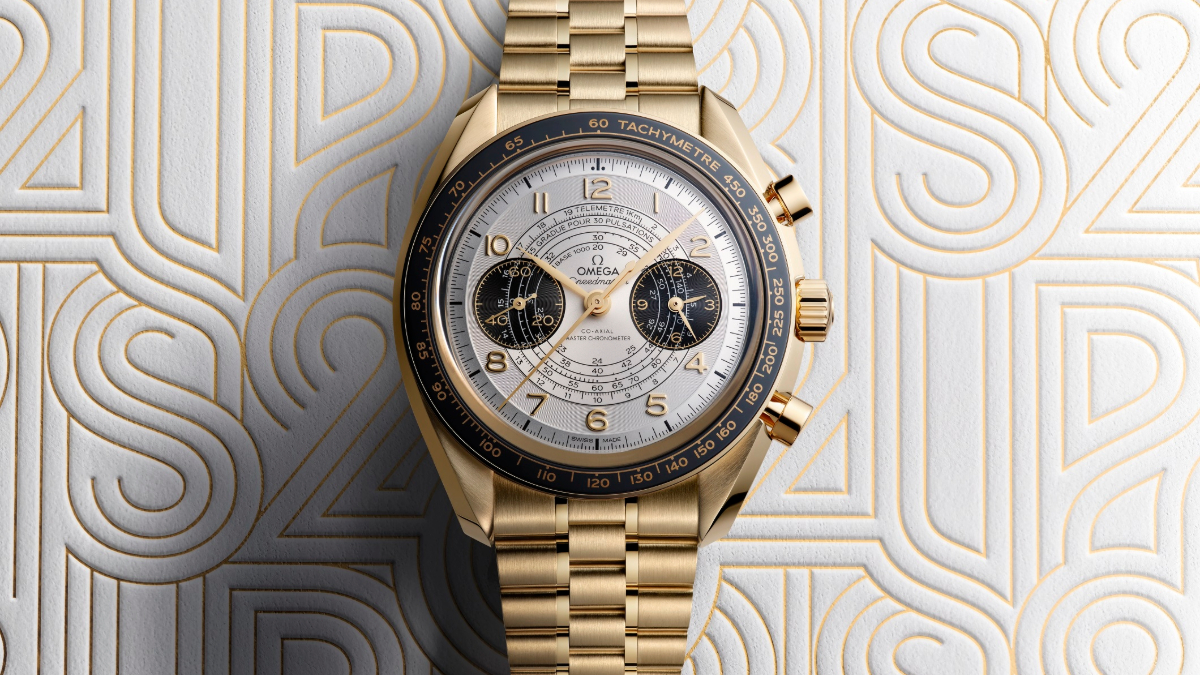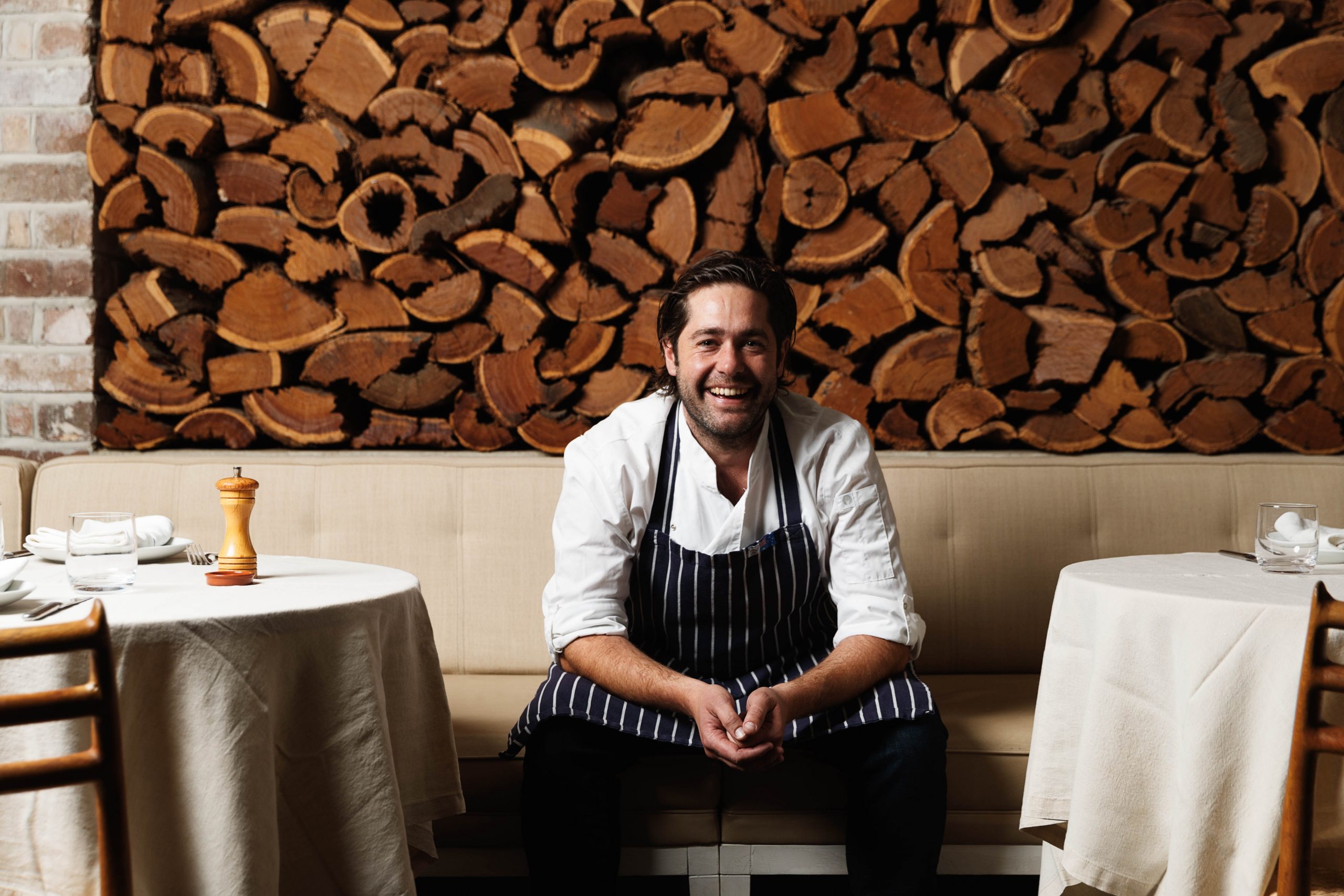
Robb Interview: Nigel Ward, Head Chef Uccello Sydney
After closing the doors on the much-loved Sagra, Ward was quickly snapped up by Merivale to begin an exciting new chapter.
Related articles
Over the last decade Uccello, poised poolside of ivy’s famous ‘PoolClub’, has cemented its place as a Sydney stalwart with the Italian diner a go-to for a sunny knees-up.
During its Covid-19 forced closure, the team at Merivale swiftly acquired the talents of Nigel Ward, pasta-making extraordinaire and former chef-owner of Sagra, tasking him with refreshing Uccello.
Now, with a renewed focus, Uccello and Ward look to bring the Italian coastline to the rooftop restaurant’s menu, think Cape Morton scarlet prawns with native finger lime, spaghetti alla chitarra, vongole, chilli and bottarga, Ulladulla ruby snapper in cartoccio, served with mussels, fennel, salsa verde all washed down with an Italian leaning drinks list or Provence Rosé bottles (in 6L formats no less).
Before the reopening of Uccello – expected late October – Robb Report sat down with Ward to talk through his new appointment and his aspirations for the new project that’s primed for the summer ahead.
Robb Report: You were trained under Sean Moran and Logan Campbell, what do you think were the greatest lessons you learnt there?
Nigel Ward: I synthesised everything I learnt from Sean and Logan to create my own style of cooking. Sean impressed on me an insistence on perfection and a commitment to provenance. My time with Logan taught me a lot of subtle Italian influences and techniques that I built on further through my travels in regional Italy.
RR: As the former chef-owner of Sagra, safe to say you know your way around pasta dough, how does your expression of pasta differ at Uccello?
NW: It’s actually not that different. I think what I’m most excited about though is having a big team so that we can get really intricate with the pastas we’re making. We’re putting pici on the menu, for example – it’s a rustic, handmade rolled pasta, like a fat version of spaghetti.
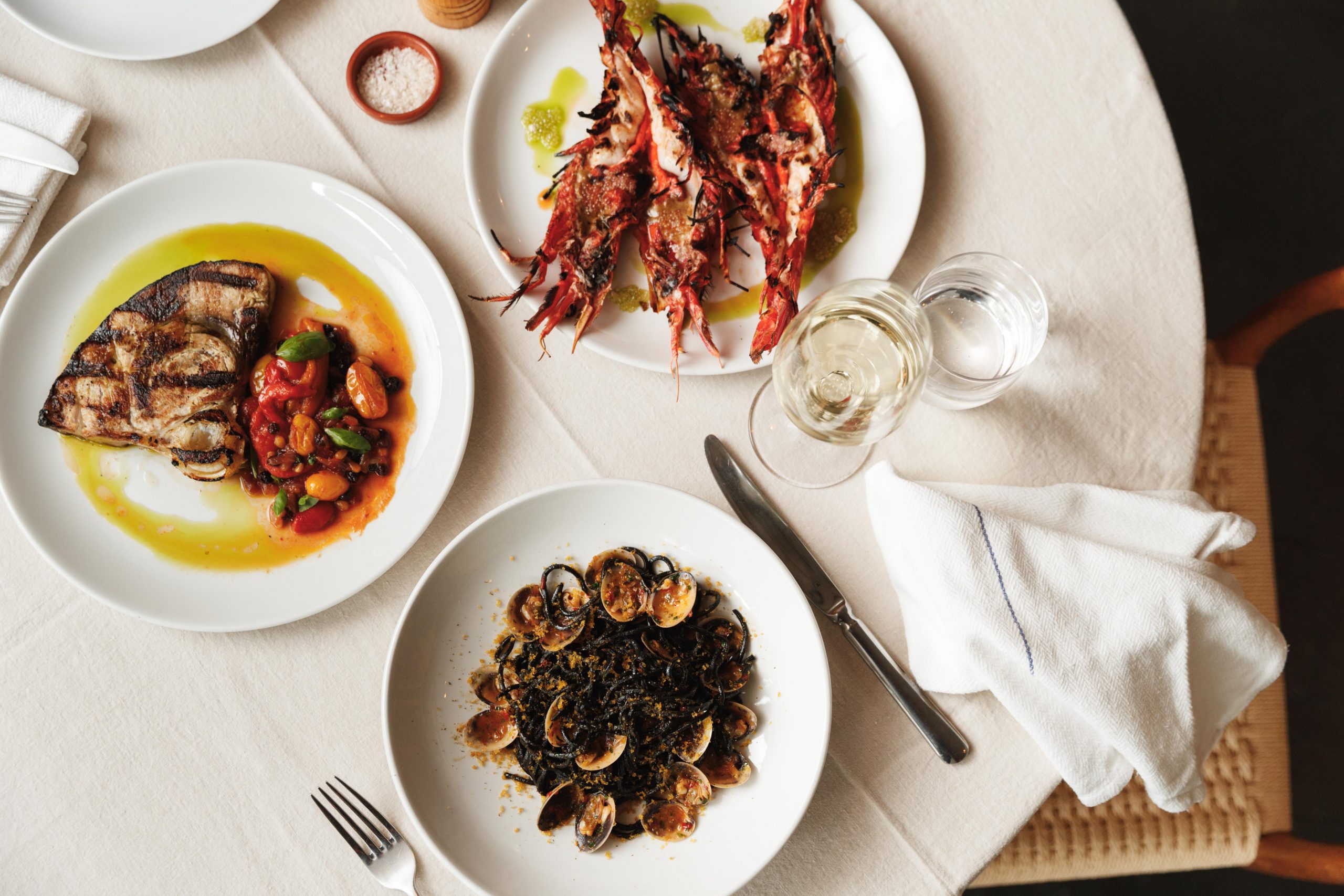
RR: Uccello has been around a while now, what do you think gives Uccello it’s staying power?
NW: It’s Merivale’s flagship Italian on top of ivy, overlooking the pool. It’s the whole experience – you are immediately transported out of your everyday and all your worries wash away the moment you’re sipping your rosé. Sydney is craving summer and the city is starting to buzz again. We’re excited for our guests to celebrate what we have all been missing most this year – great food in a sun-soaked spot next to the water.
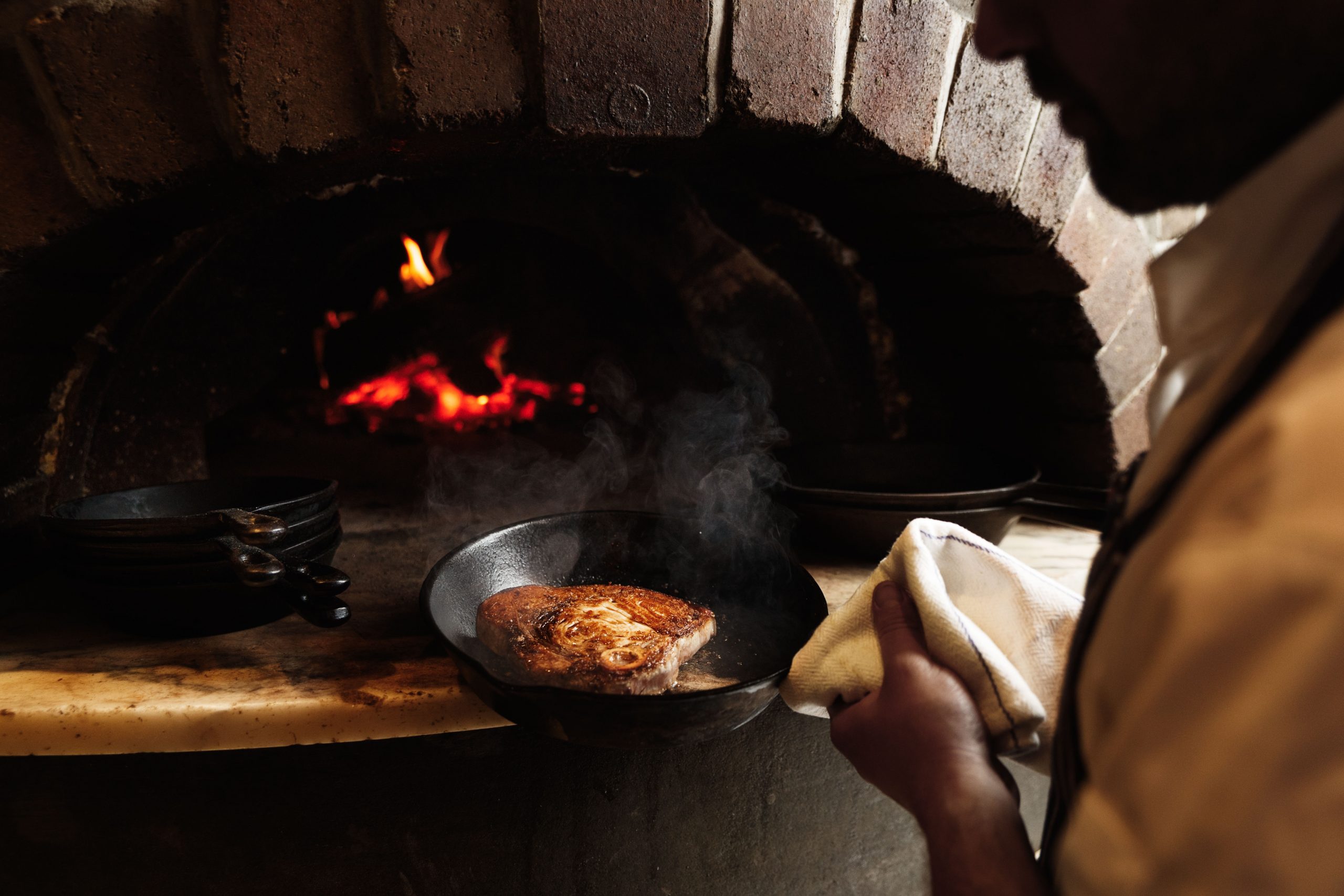
RR: And how do you feel about your new appointment to Uccello as well as joining the Merivale umbrella?
NW: It’s something that wasn’t necessarily planned or expected but I’m really excited about it. It’s been such a joy just to cook again. I’m finding it hard to sleep at the moment because my mind is constantly buzzing with new ideas for the menu. I can’t wait to lead a team again and pass on that knowledge to the next generation of chefs like Sean and Logan did with me.
RR: How do you hope to bring the Italian coastline to Sydney?
NW: By harnessing old recipes and techniques that I learnt from my travels throughout Italy and bringing in a strong emphasis on seafood. One of the hero dishes is a lobster tagliatelle with eastern rock lobster and shellfish oil that is shared between two people, just like you would love to eat sitting in a restaurant overlooking the Mediterranean in Italy, or our spaghetti alla chitarra with vongole, chilli and bottarga.

RR: Provenance is at the core of your cooking, where does that come from and what does it look like on the plate?
NW: I love to champion great produce and one of the best things about working with Merivale is that I have access to some super-premium produce, but they have also given me the freedom to work with small-scale local producers who I know are amazing and also need the support this year. People need to start focusing more on what’s growing in their own backyard and we can learn a lot (especially this year) from small-scale farmers who grow all their own stuff and are relatively self-sufficient.
We’ll be calling out a lot of local NSW producers on our menu. I’m all about minimising waste and getting everything I can out of the one ingredient and using it across my menu in different ways and in different dishes. Eventually, we also want to start using whole beasts which really ties into this philosophy and also making our own salami, bread and cheeses.
RR: I understand there’s an apprenticeship program you’ll be heading – is fostering the next generation of talent something you’re particularly passionate about?
NW: Yes, very passionate and I’m so excited to teach some young guys (or girls) some new skills again. It’s always been a big part of the kitchens I’ve worked in and run. We have a really big team at Uccello with 14 chefs on the roster and some of them being apprentices
Subscribe to the Newsletter
Recommended for you
The Ultimate Guide to Pairing Wine With Spicy Food
What to drink when your favorite cuisine brings the heat.
Up Close and Personal
From Saudi princes to cashed-up entrepreneurs, private chefs are now highly prized—for their cooking prowess and undying commitment. But can they keep a secret?
March 28, 2024
You may also like.
By Josh Bozin
02/05/2024
30/04/2024
You may also like.
A New Chapter for Jaeger-LeCoultre’s ‘Reverso Stories’
A special Reverso exhibit arrives in Sydney this week.
Few watch enthusiasts would be unfamiliar with Jaeger-LeCoultre and its enduring Reverso collection. Since 1931, the Reverso has been celebrated as one of the great dress watches of the 20th century.
In recent years, the watch has only gone from strength to strength—in 2023 alone, we received the new Reverso Tribute Chronograph, the impressive Duoface Tourbillon, and the slimmer Reverso Tribute Small Seconds—capturing the imagination of casual observers, collectors, and those looking to scale the horological ladder.

It is also part of the cultural conversation thanks to exceptional branding experiences, such as ‘Reverso Stories’, a travelling experiential trunk show. Jaeger-LeCoultre is again summoning its movable experience to Australia, this time in the heart of Sydney’s CBD. For a limited time, eager fans can glimpse the Reverso collection up close via a multi-sensory exhibition tracing the history of this remarkable timepiece.
Presented in four chapters ( Icon, Style and design, Innovation, and Craftsmanship), the Reverso story will be told through the lens of Jaeger-LeCoultre’s expert watchmakers, who combine nine decades of craftsmanship, inventiveness, and design into one interactive experience.

As a bonus, guests will be privy to a large-scale art installation by Korean artist Yiyun Kang—commissioned by the Maison under its ‘Made of Makers’ programme—and the launch of three exceptional new Reverso timepieces, yet to be revealed. These watches will showcase skills such as enamelling, gold-leaf paillonage, and gem-setting, mastered by the manufacturer’s in-house Métiers Rares (Rare Handcrafts) atelier.

Completing the immersion into the spirit of Art Deco, guests will be able to enjoy a complementary refreshment post-experience at the pop-up Jaeger-LeCoultre 1931 Café.
—
‘Reverso Stories’ will be held in Sydney’s Martin Place from 10–19 May 2024. It will be open daily from 9 a.m. to 7 p.m. (and 5 p.m. on Sundays) and free to the public. Visitors are welcome to book online here or register upon arrival.
For more information, visit Jaeger-LeCoultre.
You may also like.
Watch of the Week: TAG Heuer Formula 1 | Kith
The legendary sports watch returns, but with an unexpected twist.
Over the last few years, watch pundits have predicted the return of the eccentric TAG Heuer Formula 1, in some shape or form. It was all but confirmed when TAG Heuer’s heritage director, Nicholas Biebuyck, teased a slew of vintage models on his Instagram account in the aftermath of last year’s Watches & Wonders 2023 in Geneva. And when speaking with Frédéric Arnault at last year’s trade fair, the former CEO asked me directly if the brand were to relaunch its legacy Formula 1 collection, loved by collectors globally, how should they go about it?
My answer to the baited entreaty definitely didn’t mention a collaboration with Ronnie Fieg of Kith, one of the world’s biggest streetwear fashion labels. Still, here we are: the TAG Heuer Formula 1 is officially back and as colourful as ever.
As the watch industry enters its hype era—in recent years, we’ve seen MoonSwatches, Scuba Fifty Fathoms, and John Mayer G-Shocks—the new Formula 1 x Kith collaboration might be the coolest yet.
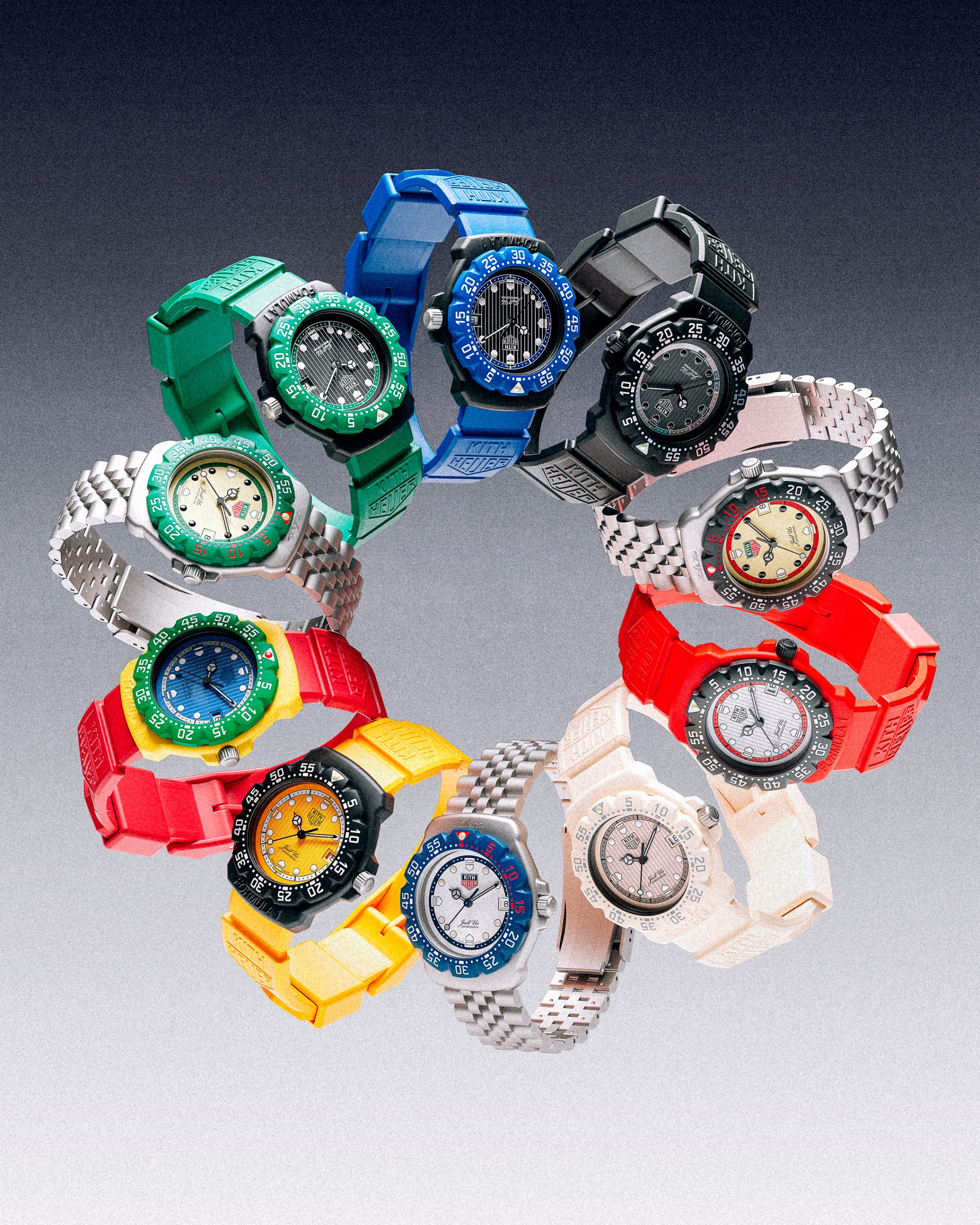
Here’s the lowdown: overnight, TAG Heuer, together with Kith, took to socials to unveil a special, limited-edition collection of Formula 1 timepieces, inspired by the original collection from the 1980s. There are 10 new watches, all limited, with some designed on a stainless steel bracelet and some on an upgraded rubber strap; both options nod to the originals.
Seven are exclusive to Kith and its global stores (New York, Los Angeles, Miami, Hawaii, Tokyo, Toronto, and Paris, to be specific), and are made in an abundance of colours. Two are exclusive to TAG Heuer; and one is “shared” between TAG Heuer and Kith—this is a highlight of the collection, in our opinion. A faithful play on the original composite quartz watch from 1986, this model, limited to just 1,350 pieces globally, features the classic black bezel with red accents, a stainless steel bracelet, and that creamy eggshell dial, in all of its vintage-inspired glory. There’s no doubt that this particular model will present as pure nostalgia for those old enough to remember when the original TAG Heuer Formula 1 made its debut.
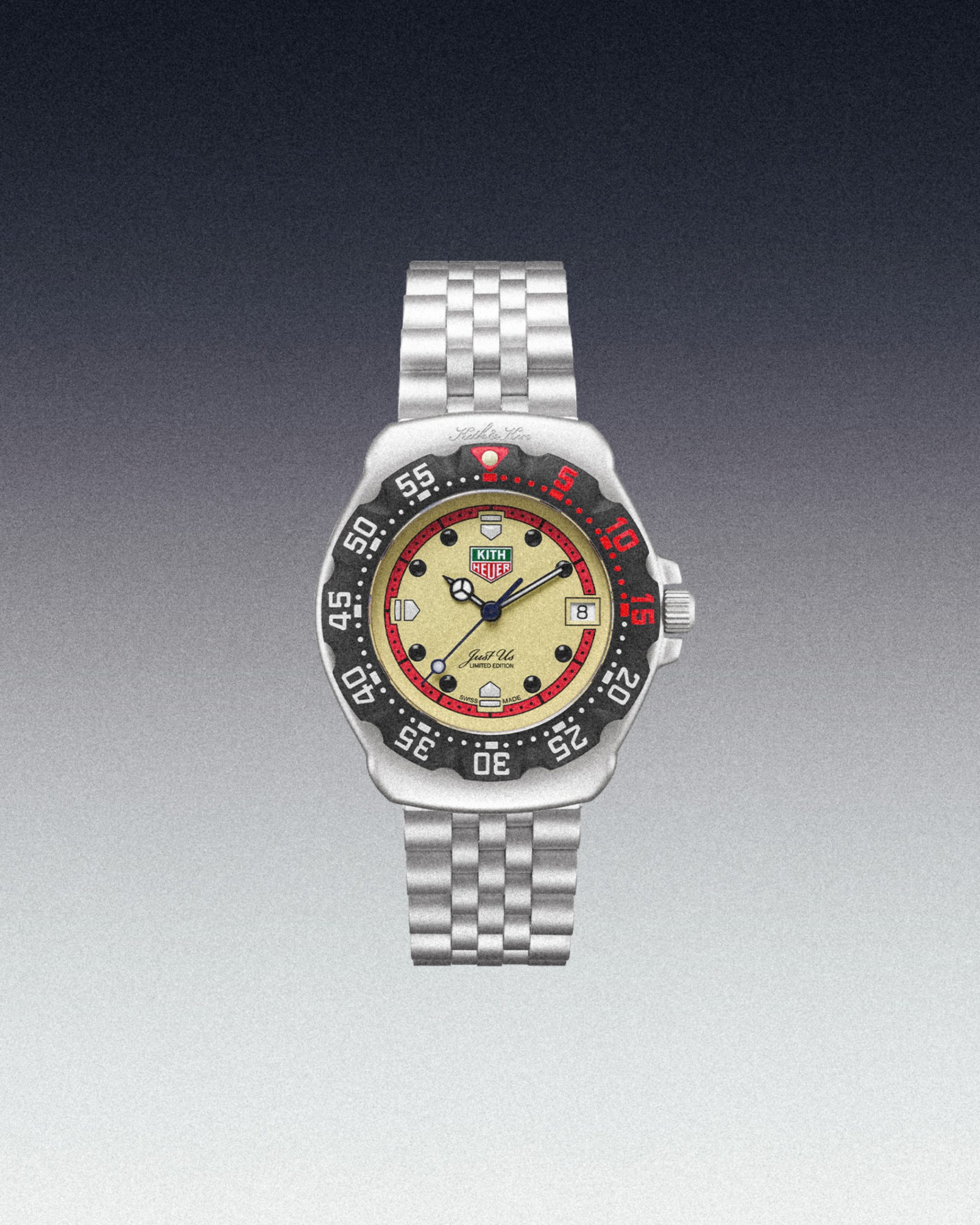
Of course, throughout the collection, Fieg’s design cues are punctuated: the “TAG” is replaced with “Kith,” forming a contentious new brand name for this specific release, as well as Kith’s slogan, “Just Us.”
Collectors and purists alike will appreciate the dedication to the original Formula 1 collection: features like the 35mm Arnite cases—sourced from the original 80s-era supplier—the form hour hand, a triangle with a dot inside at 12 o’clock, indices that alternate every quarter between shields and dots, and a contrasting minuterie, are all welcomed design specs that make this collaboration so great.
Every TAG Heuer Formula 1 | Kith timepiece will be presented in an eye-catching box that complements the fun and colour theme of Formula 1 but drives home the premium status of this collaboration. On that note, at $2,200 a piece, this isn’t exactly an approachable quartz watch but reflects the exclusive nature of Fieg’s Kith brand and the pieces he designs (largely limited-edition).
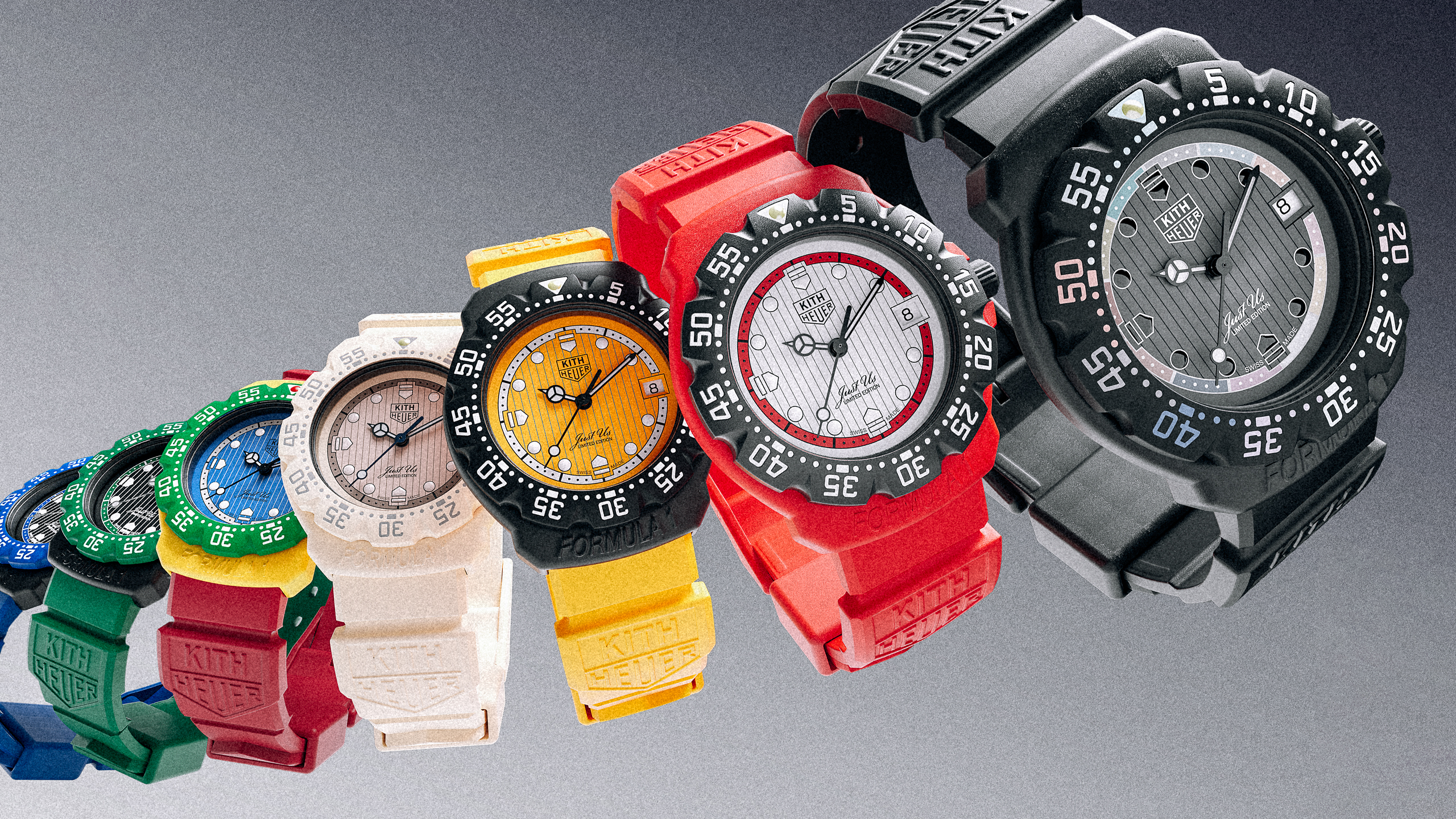
So, what do we think? It’s important not to understate the significance of the arrival of the TAG Heuer Formula 1 in 1986, in what would prove integral in setting up the brand for success throughout the 90’s—it was the very first watch collection to have “TAG Heuer” branding, after all—but also in helping to establish a new generation of watch consumer. Like Fieg, many millennial enthusiasts will recall their sentimental ties with the Formula 1, often their first timepiece in their horological journey.
This is as faithful of a reissue as we’ll get from TAG Heuer right now, and budding watch fans should be pleased with the result. To TAG Heuer’s credit, a great deal of research has gone into perfecting and replicating this iconic collection’s proportions, materials, and aesthetic for the modern-day consumer. Sure, it would have been nice to see a full lume dial, a distinguishing feature on some of the original pieces—why this wasn’t done is lost on me—and perhaps a more approachable price point, but there’s no doubt these will become an instant hit in the days to come.
—
The TAG Heuer Formula 1 | Kith collection will be available on Friday, May 3rd, exclusively in-store at select TAG Heuer and Kith locations in Miami, and available starting Monday, May 6th, at select TAG Heuer boutiques, all Kith shops, and online at Kith.com. To see the full collection, visit tagheuer.com
You may also like.
8 Fascinating Facts You Didn’t Know About Aston Martin
The British sports car company is most famous as the vehicle of choice for James Bond, but Aston Martin has an interesting history beyond 007.
Aston Martin will forever be associated with James Bond, ever since everyone’s favourite spy took delivery of his signature silver DB5 in the 1964 film Goldfinger. But there’s a lot more to the history of this famed British sports car brand beyond its association with the fictional British Secret Service agent.
Let’s dive into the long and colourful history of Aston Martin.
You may also like.
By Josh Bozin
02/05/2024
30/04/2024
What Venice’s New Tourist Tax Means for Your Next Trip
The Italian city will now charge visitors an entry fee during peak season.
Visiting the Floating City just got a bit more expensive.
Venice is officially the first metropolis in the world to start implementing a day-trip fee in an effort to help the Italian hot spot combat overtourism during peak season, The Associated Press reported. The new program, which went into effect, requires travellers to cough up roughly €5 (about $AUD8.50) per person before they can explore the city’s canals and historic sites. Back in January, Venice also announced that starting in June, it would cap the size of tourist groups to 25 people and prohibit loudspeakers in the city centre and the islands of Murano, Burano, and Torcello.
“We need to find a new balance between the tourists and residents,’ Simone Venturini, the city’s top tourism official, told AP News. “We need to safeguard the spaces of the residents, of course, and we need to discourage the arrival of day-trippers on some particular days.”
During this trial phase, the fee only applies to the 29 days deemed the busiest—between April 25 and July 14—and tickets will remain valid from 8:30 am to 4 pm. Visitors under 14 years of age will be allowed in free of charge in addition to guests with hotel reservations. However, the latter must apply online beforehand to request an exemption. Day-trippers can also pre-pay for tickets online via the city’s official tourism site or snap them up in person at the Santa Lucia train station.
“With courage and great humility, we are introducing this system because we want to give a future to Venice and leave this heritage of humanity to future generations,” Venice Mayor Luigi Brugnaro said in a statement on X (formerly known as Twitter) regarding the city’s much-talked-about entry fee.
Despite the mayor’s backing, it’s apparent that residents weren’t totally pleased with the program. The regulation led to protests and riots outside of the train station, The Independent reported. “We are against this measure because it will do nothing to stop overtourism,” resident Cristina Romieri told the outlet. “Moreover, it is such a complex regulation with so many exceptions that it will also be difficult to enforce it.”
While Venice is the first city to carry out the new day-tripper fee, several other European locales have introduced or raised tourist taxes to fend off large crowds and boost the local economy. Most recently, Barcelona increased its city-wide tourist tax. Similarly, you’ll have to pay an extra “climate crisis resilience” tax if you plan on visiting Greece that will fund the country’s disaster recovery projects.
You may also like.
By Josh Bozin
02/05/2024
30/04/2024
Omega Reveals a New Speedmaster Ahead of the Paris 2024 Olympics
Your first look at the new Speedmaster Chronoscope, designed in the colour theme of the Paris Olympics.
The starters are on the blocks, and with less than 100 days to go until the Paris 2024 Olympics, luxury Swiss watchmaker Omega was bound to release something spectacular to mark its bragging rights as the official timekeeper for the Summer Games. Enter the new 43mm Speedmaster Chronoscope, available in new colourways—gold, black, and white—in line with the colour theme of the Olympic Games in Paris this July.
So, what do we get in this nicely-wrapped, Olympics-inspired package? Technically, there are four new podium-worthy iterations of the iconic Speedmaster.
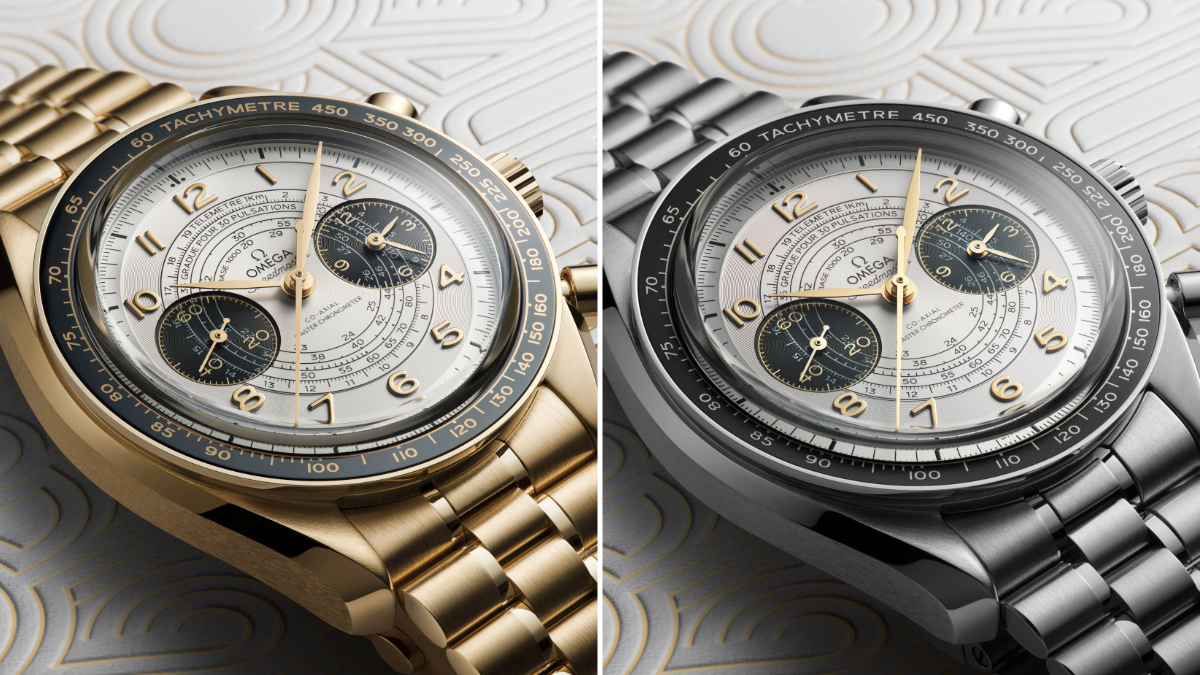
The new versions present handsomely in stainless steel or 18K Moonshine Gold—the brand’s proprietary yellow gold known for its enduring shine. The steel version has an anodised aluminium bezel and a stainless steel bracelet or vintage-inspired perforated leather strap. The Moonshine Gold iteration boasts a ceramic bezel; it will most likely appease Speedy collectors, particularly those with an affinity for Omega’s long-standing role as stewards of the Olympic Games.
Notably, each watch bears an attractive white opaline dial; the background to three dark grey timing scales in a 1940s “snail” design. Of course, this Speedmaster Chronoscope is special in its own right. For the most part, the overall look of the Speedmaster has remained true to its 1957 origins. This Speedmaster, however, adopts Omega’s Chronoscope design from 2021, including the storied tachymeter scale, along with a telemeter, and pulsometer scale—essentially, three different measurements on the wrist.
While the technical nature of this timepiece won’t interest some, others will revel in its theatrics. Turn over each timepiece, and instead of a transparent crystal caseback, there is a stamped medallion featuring a mirror-polished Paris 2024 logo, along with “Paris 2024” and the Olympic Rings—a subtle nod to this year’s games.
Powering this Olympiad offering—and ensuring the greatest level of accuracy—is the Co-Axial Master Chronometer Calibre 9908 and 9909, certified by METAS.
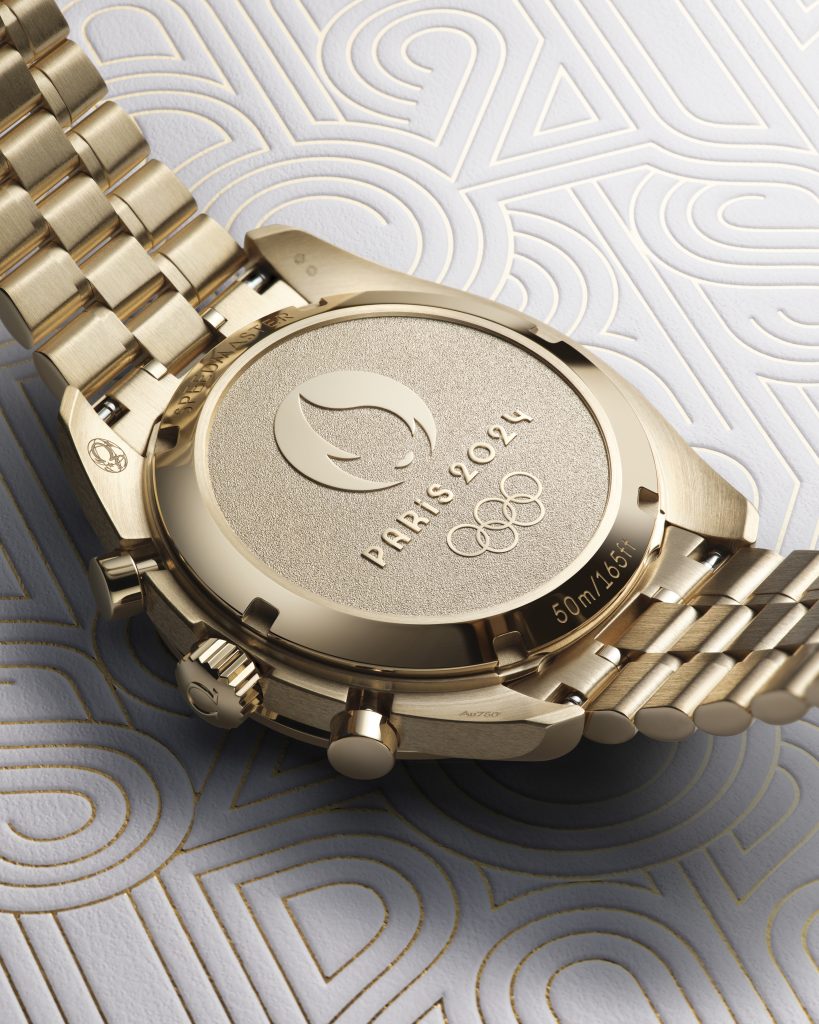
A Speedmaster to commemorate the Olympic Games was as sure a bet as Mondo Deplantis winning gold in the men’s pole vault—especially after Omega revealed its Olympic-edition Seamaster Diver 300m “Paris 2024” last year—but they delivered a great addition to the legacy collection, without gimmickry.
However, the all-gold Speedmaster is 85K at the top end of the scale, which is a lot of money for a watch of this stature. By comparison, the immaculate Speedmaster Moonshine gold with a sun-brushed green PVD “step” dial is 15K cheaper, albeit without the Chronoscope complications.
—
The Omega Speedmaster Chronoscope in stainless steel with a leather strap is priced at $15,725; stainless steel with steel bracelet at $16,275; 18k Moonshine Gold on leather strap $54,325; and 18k Moonshine Gold with matching gold bracelet $85,350, available at Omega boutiques now.
Discover the collection here
You may also like.
By Josh Bozin
02/05/2024
30/04/2024






